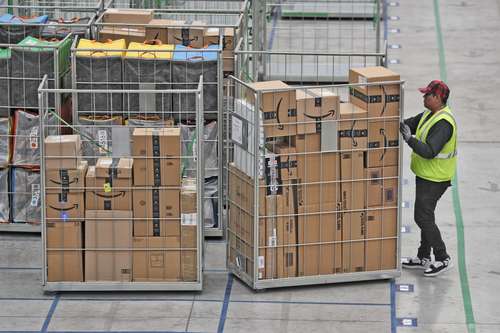In the next five years, electronic commerce is projected to be a significant driver of value generation for Mexico’s business sector, particularly in the context of relocation. According to analysts at Monex, not only the manufacturing industry but also logistics activities have benefited from nearshoring in the country, with various entities becoming key centers in Latin America.
The logistics sector accounts for 40 percent of Mexico’s industrial real estate space, trailing only behind the manufacturing sector which occupies 60 percent. Before the Covid-19 pandemic, e-commerce was not widely used or known, but the period of confinement led to a surge in online sales for self-service and department stores.
Data from the Mexican Online Sales Association (AMVO) shows that retail electronic commerce grew by 24.6 percent annually in 2023, attracting around 66 million users, almost half of the country’s population. Mexico has emerged as a crucial storage center to meet the growing consumer demand fueled by e-commerce, due to the nearshoring of logistics activities.
Investments in logistics related to nearshoring and the rise in digital commerce sales are expected to reach approximately $25 billion, with a focus on central regions like Mexico City, the State of Mexico, Guadalajara, and Monterrey. Online sales are projected to represent around 20 percent of the total in the country by 2028, compared to the current 11 percent.
Around 15 to 20 percent of the real estate space occupied by the logistics sector is attributed to electronic commerce, as well as other sectors such as food and medical components. These trends suggest that Mexico is poised to support



